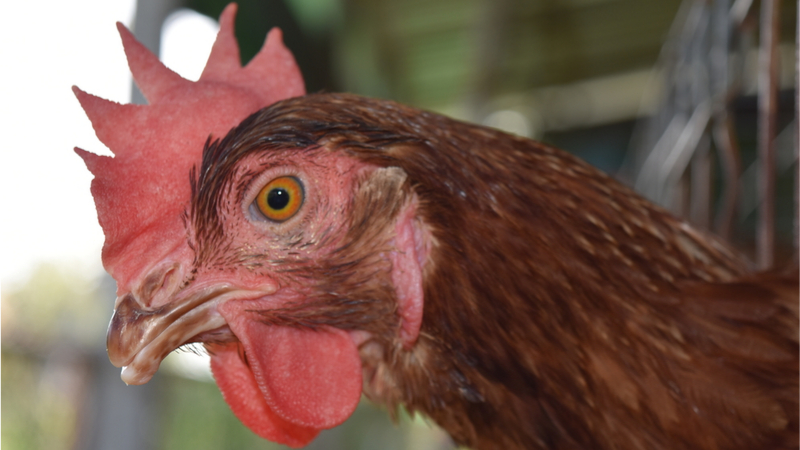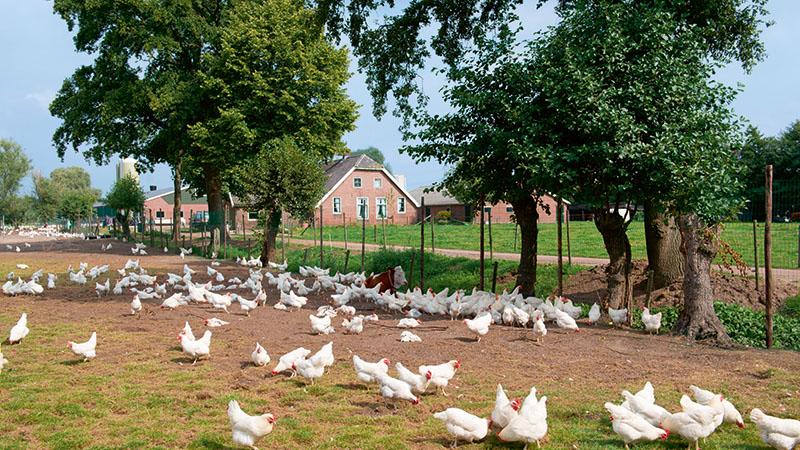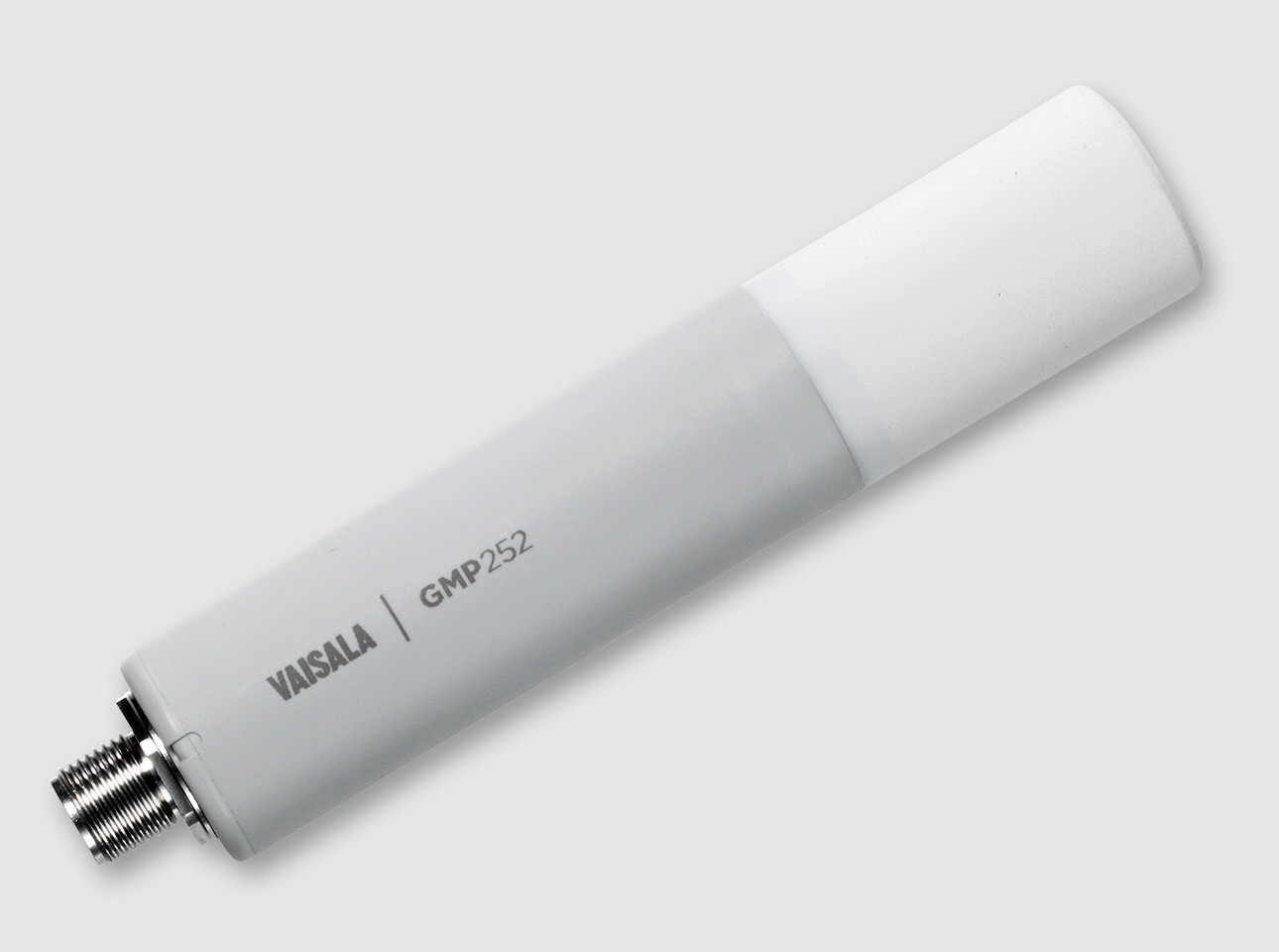Technological breakthroughs necessary to secure food supplies for growing world population
The world population is expected to reach almost 10 billion by year 2050. This will lead to a massive demand for animal proteins, which implies that meat production has to intensify – responsibly and sustainably with regard to animal welfare.
This development doesn’t need to be a nightmare, but rather drive innovation in order to facilitate the growing production of animal protein. With targeted and efficient use of available technologies and management tools, animal welfare can be improved and emissions decreased considerably without affecting the operational efficiency of agricultural enterprises.
From farmers to managers
The livestock husbandry sector particularly in the Netherlands is highly developed. The temperate climate, the residual flows from the food industry, and the affluent sales markets in the Northwest Europe make the country an ideal base for livestock farming.
The Netherlands is also globally recognized for its modern and efficient operational management approach in the livestock husbandry sector. Agricultural entrepreneurs are able to realize high production per unit of labor, capital and raw material. The environmental burden is kept relatively low, and there is a high level of disease control. Growing attention is paid to providing chickens and pigs with a way to indulge in their natural behavior.
The first ten years of the 21st century in particular saw developments in the sector taking place at a rapid pace. Farm sizes have increased, new markets have emerged, pressure on the price structure has increased, and legislation is placing ever stricter demands on food safety, animal welfare and emissions control.
These factors are reflected in the changing demands of the agricultural customers, who are going through a change from mechanization to computerization to information technology. Today’s farmers are increasingly managers, who need tools to manage their daily operations more efficiently.

License to supply
A Dutch company, with a high concentration of pigs and poultry in the Netherlands and with 35 years of experience, has evolved into the market leader in the field of complete automated systems for pig and poultry houses. The automation systems the company offers to today’s farmers is a way to efficiently structure their daily operations. The first step is the introduction of a smart combination of an energy-efficient climate system, a clever feeding system, and a biometrics system, which accurately observe the animals’ behavior and the production process. These systems operate in perfect harmony and form a single entity optimizing the conditions for animal growth.
The next step in the automation process is to link the process computers to management software. The automated processes are a source of valuable information about the environment and animal behavior in the house. By analyzing and combining the collected data using a data management infrastructure, the farmer gains insight into both operational processes and their financial consequences, and sees where actions are needed to optimize the operation.
Furthermore, the system offers the farmer a way to demonstrate how the animals are housed and raised, thereby guaranteeing a license to supply for the farm. The quality of food is no longer determined by the safety of the final product only, but consumers want guarantees about the welfare of the animals. This has made demonstrating animal welfare a crucial element of the license to supply.
Animal welfare
Developments in sensor technology enable the monitoring of a growing number of facets of animal behavior. This in turn will allow the measurement of the actual comfort of animals to a far greater extent.
Camera techniques are applied in automatic animal behavior monitoring. Cameras are mounted in the ridge of the house, and they continuously monitor the floor below. Analysis software translates the images to an index for e.g. animal migration and activity, which are valuable indicators of animal behavior. Another example is an automatic growth monitor, used in pig production: an image scan is made each time a pig starts eating, and the image is used to accurately determine the pig’s weight and to calculate the average growth of the animal group.
Adequate air exchange in the shelters is also crucially important for the well-being of the animals. The parameters typically controlled to gain good air quality are indoor air temperature, relative humidity and carbon dioxide.
This Dutch company uses Vaisala CARBOCAP® technology to control CO2 levels in animal shelters such as pig houses, which are especially demanding environments in terms of air quality due to the combination of dirty surroundings, high relative humidity and the presence of corroding ammonia in the air. The Vaisala CARBOCAP® Carbon Dioxide Transmitter GMT220*) has proven to be a good measurement solution, thanks to its ability to stay reliable even in challenging environments.
The company’s investments in technologies like biometric sensor applications and management software arise from a convention that the industry will need these developments for both healthy profits and to be able to comply with the demands of critical consumers. Animal welfare must – and does – have a priority in the developments.
*) The GMT220 has been replaced by the GMP252. For details, see the GMP252 product web page.

